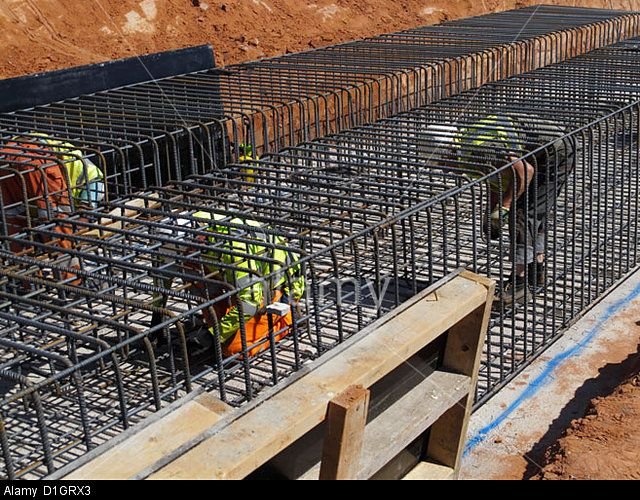Steel fixing, also known as reinforcing or rebar placement, is a crucial step in construction that involves positioning and securing steel reinforcing bars and mesh within concrete structures. These steel elements, called rebar, are placed strategically to enhance the strength, stability, and durability of the concrete. Steel fixers, the professionals who perform this work, follow detailed engineering drawings to ensure proper bar sizes, spacing, and overlaps, ultimately creating a robust and reliable foundation for various building projects.
Reading engineering drawings and preparing a Bar Bending Schedule (BBS) involves understanding the reinforcement requirements of a structure from the drawings and creating a detailed list of bars, including their sizes, lengths, shapes, and quantities. This list is crucial for accurate steel cutting and bending during construction.
Cutting, bending, and fixing reinforcement are essential processes in concrete construction. Rebar is typically supplied cut and bent to the required shape, but on-site cutting and bending may be necessary. This process involves accurately measuring, cutting, bending, and ensuring proper fixing of the rebar to provide structural integrity to the concrete.
Health and safety regulations within industries aim to ensure safe working conditions and protect employees from accidents and occupational illnesses. These regulations encompass a wide range of standards and guidelines, often codified in national laws and international standards like ISO 45001.
Practical assessments and quality control are distinct but related concepts. Practical assessments evaluate performance in a real-world setting, while quality control ensures a desired level of quality in products or processes. Both are crucial for verifying that a product or process meets standards and is suitable for its intended purpose.





